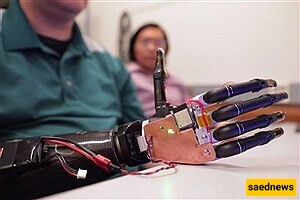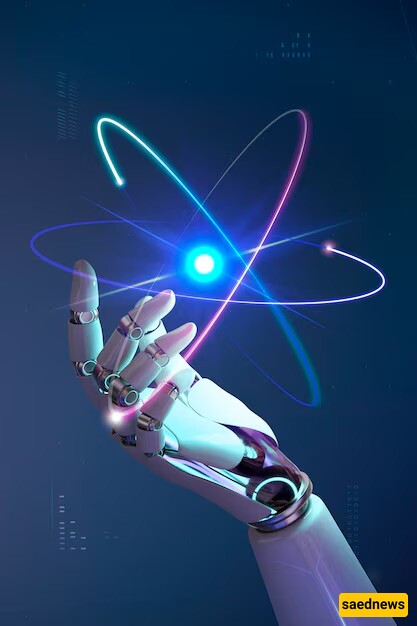Robotic prosthetic limbs have been widely accepted by the scientific community, but individuals with amputations still face challenges such as neurological mismatches, complex and frequent maintenance, noisy activation, and unreliable control systems in these devices.

According to Saadnews' Science and Technology Service, citing Hamshahri Online, a major issue is the incompatibility of robotic body parts with the human nervous system, which leads to poor signal reception and processing. Other challenges researchers are working on include optimizing energy efficiency and battery life, customizing prosthetics for maximum comfort, adapting devices for effective use on uneven terrain, and providing sensory feedback, such as the sense of touch.

Prosthetics are devices or biologically engineered tissues designed to replace, replicate, or enhance natural limbs, integrating with the human body. Among these, orthopedic prosthetics are medical devices specifically designed to replace lost or damaged bones and joints. Over the years, advances in materials science and medical technology have led to the development of more sophisticated and functional orthopedic prosthetics, but using these limbs still presents some challenges.
The human hand is one of the most intricate parts of the body, with over 30 muscles, 27 joints, a network of ligaments and tendons, and more than 17,000 touch receptors and nerve endings in the palm. These features enable the hand to perform a wide range of complex tasks through various movements. However, a prosthetic hand typically only has a joint in the elbow and a fixed mass at the end. Each time the hand moves, it learns to recognize patterns.
Even simple actions, like picking up an object or writing, require seamless integration between the body and the brain. Given the complexity of the hand, it’s not surprising that efforts to align robotic adaptability with the natural dexterity of the human hand have struggled for centuries, despite the tireless work of medical professionals and engineers. From the early iron hands of 16th-century German knights to the first robotic hand with sensory feedback, none have yet come close to replicating the natural abilities of the human hand.
A key challenge in developing the next generation of orthopedic prosthetics is improving their integration with bones, natural tissues, and the body’s nervous system. This is essential for ensuring the prosthetic’s long-term stability, maximizing its performance, and restoring mobility to the patient. However, in some cases, this neural coordination and the timely transmission of signals to the brain do not proceed as planned. For instance, modern robotic prosthetic legs come equipped with sensors, actuators, microprocessors, and power sources.
Actions like standing, walking, climbing stairs, navigating slopes, and moving across uneven terrain have been particularly challenging for robots. The problem with robotic prosthetic legs is that they are not connected to the user's central nervous system, so they lack proper coordination. Nevertheless, research teams continue to work tirelessly to improve robotic prosthetics and better mimic the natural movements of the human body.

